The Making Of Robert Mapplethorpe
“The photographs, I think, are less important than the life that one is leading”
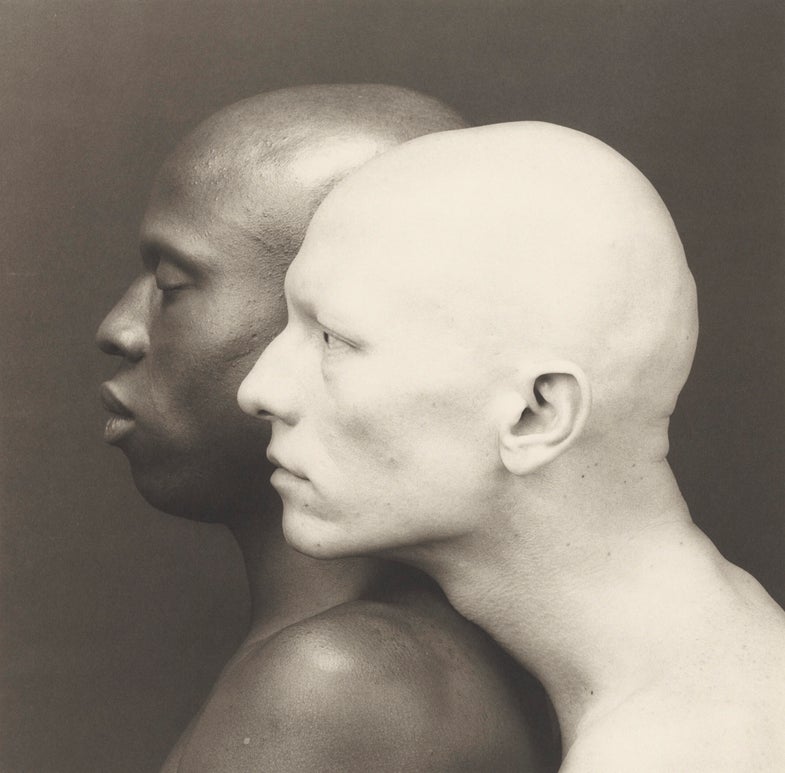
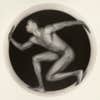
Thomas, 1987
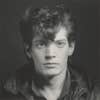
Self-Portrait, 1980

Melody (Shoe), 1987

Ken Moody, 1983

Identical self-portraits of Robert Mapplethorpe with trip cable in hand, 1974
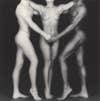
Ken and Lydia and Tyler, 1985
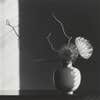
Flower Arrangement, 1986

Ken Moody and Robert Sherman, 1984
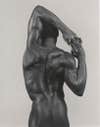
Derrick Cross, 1983
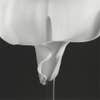
Calla Lily, 1988
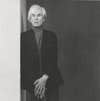
Andy Warhol, 1983
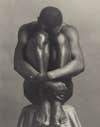
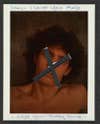
Untitled (“Sam—I love you and I need you—hurry home”), 1974
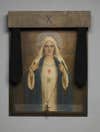
Tire Rack, 1969
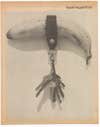
Banana & Keys, 1974
1989 was a monumental year for controversial photographer Robert Mapplethorpe: It was the launch of his touring The Perfect Moment exhibition, the year that the Corcoran Gallery famously canceled its Mapplethorpe show over concerns of the homoerotic themes of a small portion of the photographs, and, of course, the year of his untimely death. As important as 1989 was for his legacy, 2016 is shaping up to be another big year for the reputation of this artist.
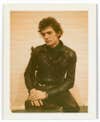
Self-Portrait, ca. 1973
This month, the J. Paul Getty Museum and the Los Angeles County Museum of Art, launch a major two-venue Mapplethorpe retrospective, Robert Mapplethorpe: The Perfect Medium, that digs deep into the photographer’s massive archive and features more than 300 pieces of art and ephemera from every period of his prolific career. The two-venue exhibition has inspired Mapplethorpe-mania elsewhere. Three new books of the photographer’s work will be published this spring: Robert Mapplethorpe: The Photographs (J. Paul Getty Museum), Robert Mapplethorpe: The Archive (Getty Research Institute), and Mapplethorpe Flora: The Complete Flowers (Phaidon). And in April HBO releases the first comprehensive documentary about the photographer, Mapplethorpe: Look at the Pictures.
Much has changed about our world in the years since the photographer’s passing, but through these myriad Mapplethorpe events one thing becomes crystal clear: Mapplethorpe worked tirelessly in the pursuit of becoming and being Robert Mapplethorpe, the artist.
“The whole point of being an artist is to learn about yourself,” Mapplethorpe says in an interview pulled from his archive and included in the HBO film. “The photographs, I think, are less important than the life that one is leading.” Every decision he made was a way to push his career as an artist further.
“Mapplethorpe was more sophisticated than most people realize,” says Paul Martineau, curator of the J. Paul Getty exhibition. “He was an artist who understood the value of his own intuition and eye, who taught himself the history of photography, how to network, how to run a studio, and how to keep the public interested in him.”

Calla Lily, 1988
Martineau selected a full range of Mapplethorpe’s photographs to highlight in the Getty exhibition with a focus on the photographer’s studio practice (both his well-known portrait subjects and his pristine floral subjects), his controversial X Portfolio that ultimately caused the Corcoran to cancel The Perfect Moment show, and the legacy that the photographer left behind. Although the Getty exhibition directly addresses the controversy surrounding “The Perfect Moment,” Martinueau says it was important not to let the sensationalism of 1989 overpower this new show.
“I’ve included it in a small way because that exhibition not only represents a high point in Mapplethorpe’s career, but the controversy it engendered puts his sex pictures in a historical context,” says Martineau. “I’m afraid that the first thing that comes to people’s minds when they think of Mapplethorpe is that controversy. There is so much more to discover about Mapplethorpe and his work than that.”
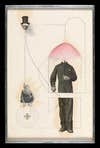
Untitled, 1968
A few miles away at LACMA an entirely different side of Mapplethorpe will be on view. The LACMA show dives into Mapplethorpe’s drawings from his time as a student at Pratt, his experimentations with sculpture and collage, and it includes many of his earliest Polaroids—a medium he started utilizing at the suggestion of Patti Smith. The cost of instant film was expensive, though, so Mapplethorpe had to make each of his frames count.
“His first pictures were of me, and then of himself. Satisfied that he had technically mastered the Polaroid, he quickly stepped out into the world newly armed,” Smith writes in an essay in Robert Mapplethorpe: The Archive. “I thought Robert would simply take pictures to use as elements of his drawing and assemblages. But he became instantaneously consumed with photography and embarked wholeheartedly on this unanticipated course. Robert did nothing half measured.”
The LACMA exhibition also incorporates Mapplethorpe’s correspondence, books and various ephemera from the archive.
“The rich resources of the Mapplethorpe archive provides a broader context for the iconic images that brought him fame,” says Britt Salvesen, who curated the LACMA exhibition. “Mapplethorpe’s refined style challenged viewers to consider his portraits, flowers and sexually explicit images as equal expressions of a personal vision. His drive to capture the perfect moment is the core of his art.”
Robert Mapplethorpe: The Perfect Medium will be on view at LACMA and the J. Paul Getty Museum through July 31.
